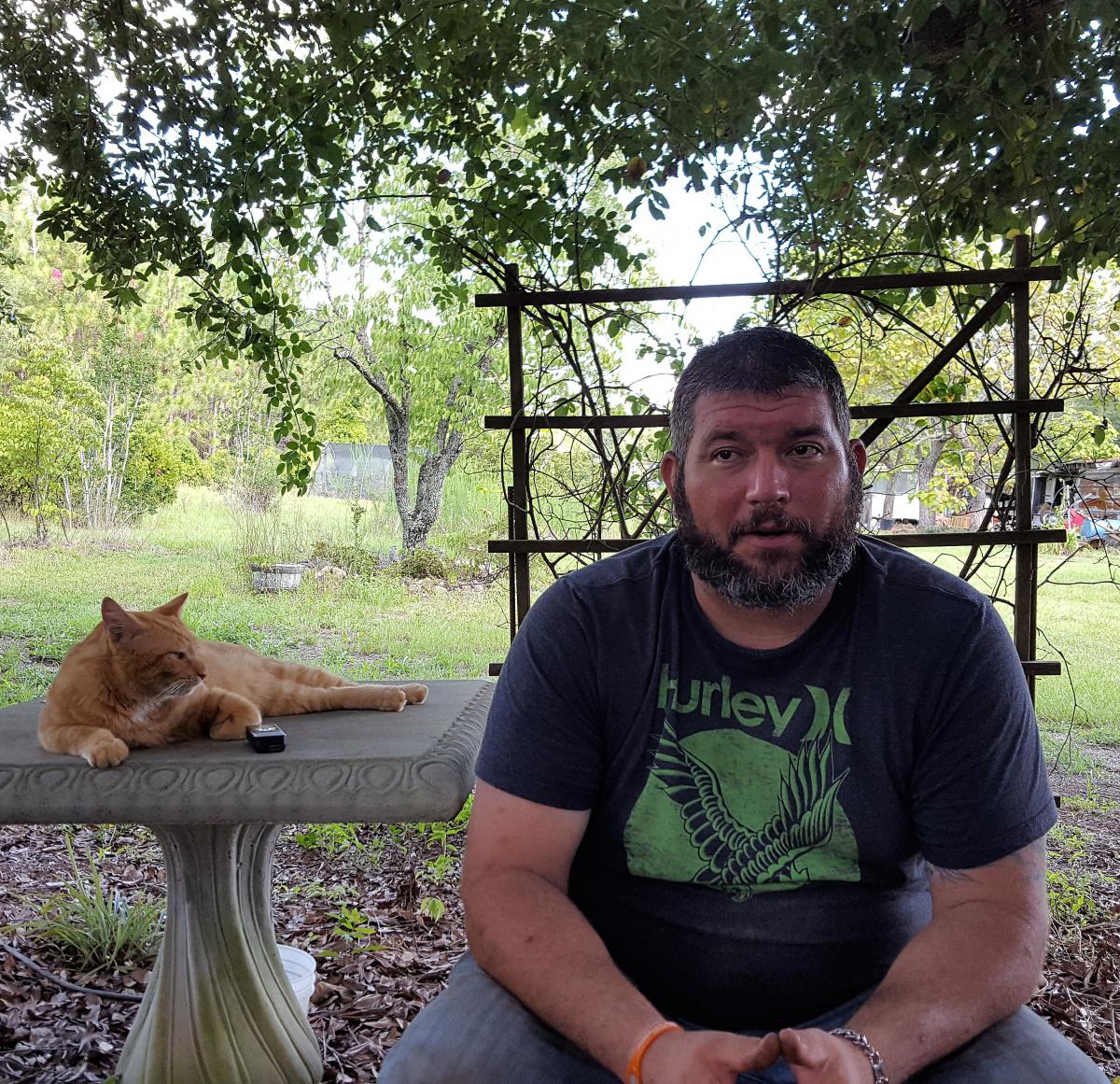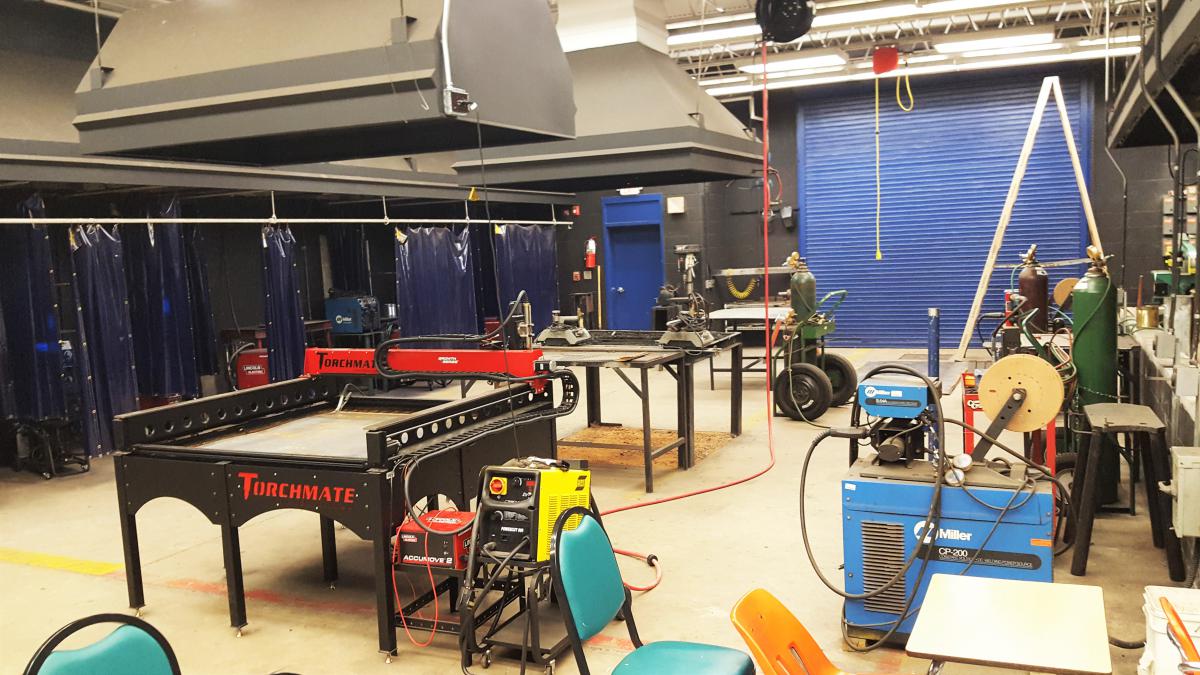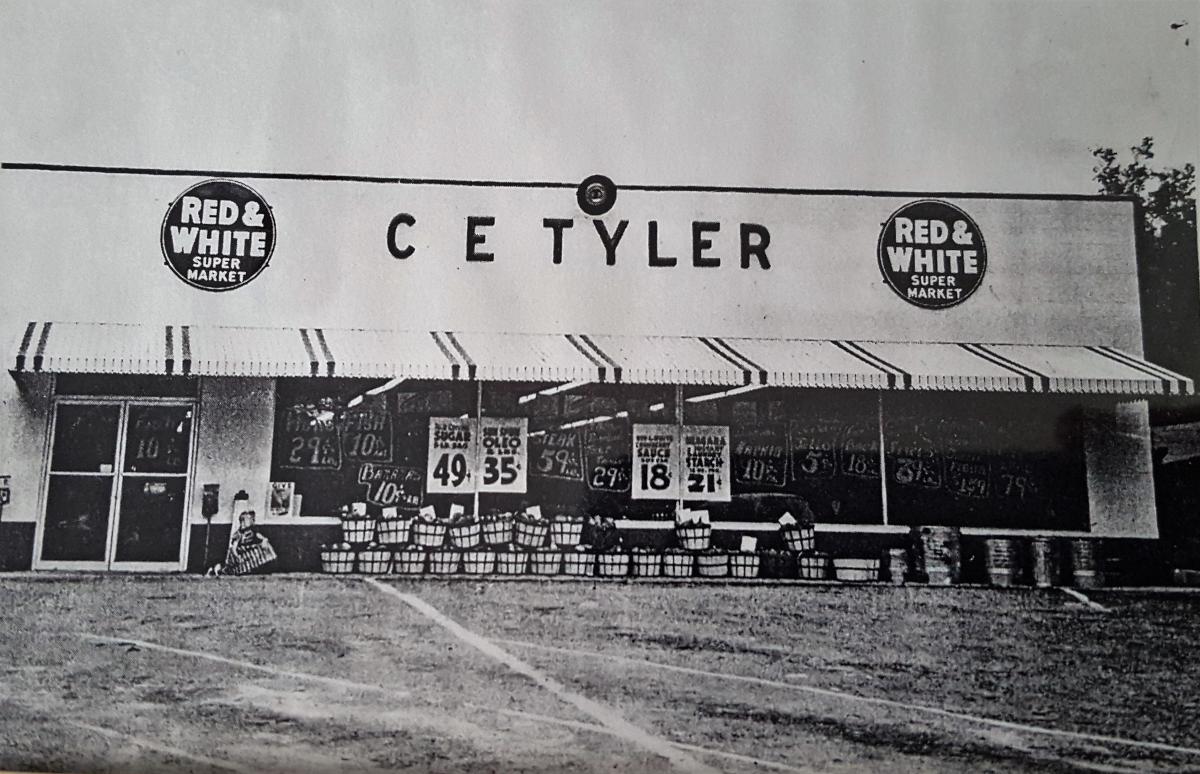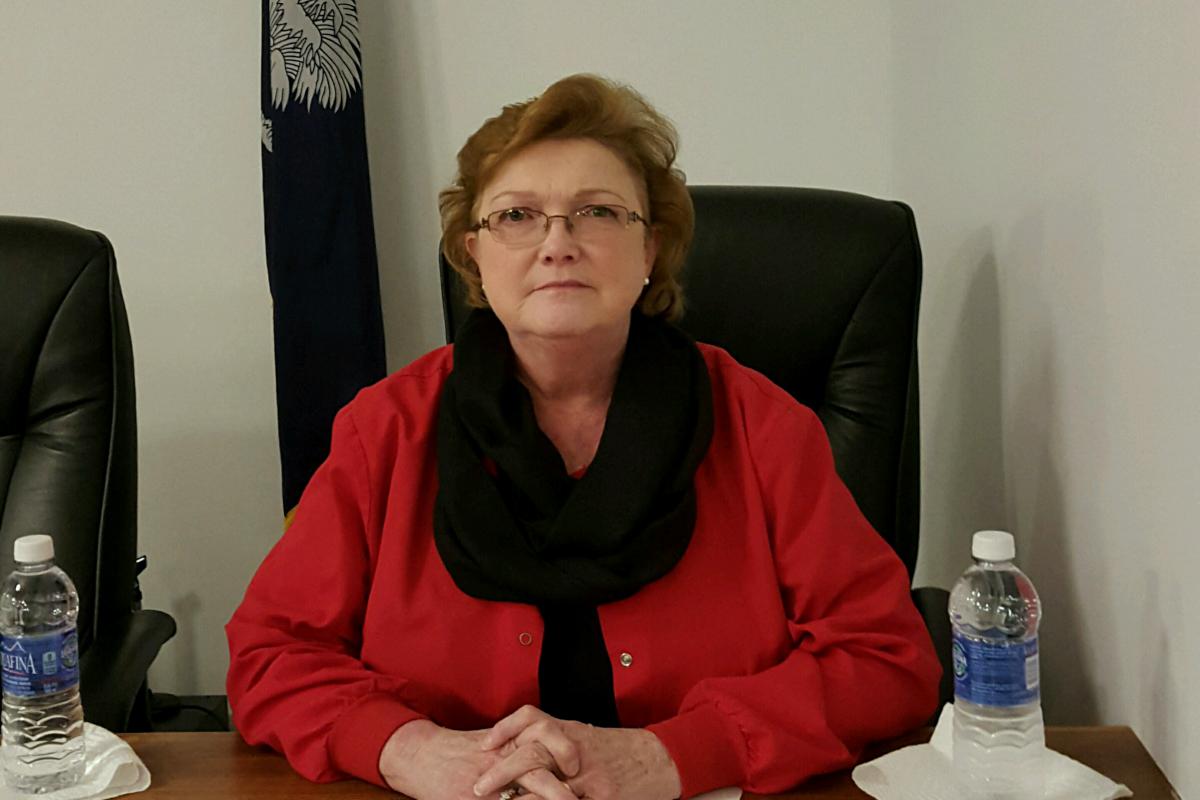Library Guide Spotlights Indian Head
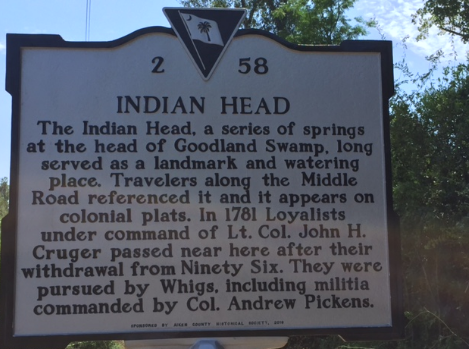
Photo Credit: Pamela Hansen
Article By Bill Bengtson, courtesy Wagener Monthly
A New York resident with SC roots has been honored for her research efforts focusing on several generations of SC history, with particular emphasis on the county's northeastern corner.
St. John's University student Pamela Griffin-Hansen, who lives on Long Island, is pursuing a master's degree in library and information science and archives, and has paid intense attention in recent months to "the place called the Indian Head," as a parcel near Perry has been known to some local residents.
The tract, which became the site of a historical marker in September, is the subject of a research tool -- known as a library guide, or "LibGuide" -- that she created and also submitted for a South Carolina Library Association poster competition. She named it "Indian Head of Perry, South Carolina," and it won the state's top prize in the association's "student spotlight" category.
Griffin-Hansen's creation is online at bit.ly/2hmjs8u. Plans are in place for a poster-size version of it to be placed in the Wagener Museum, the Nancy Bonnette Library (also in Wagener) and the Perry Town Hall. "She incorporates... a lot of the important parts of the history in that poster, and she just did a magnificent job," said project supporter Al Brodie, a former mayor of Perry.
Lexington resident Dean Hunt, also a project booster, said the guide should be useful for teachers and students alike, and offers the welcome bonus of exploring Native American history, "which is just not out there."

